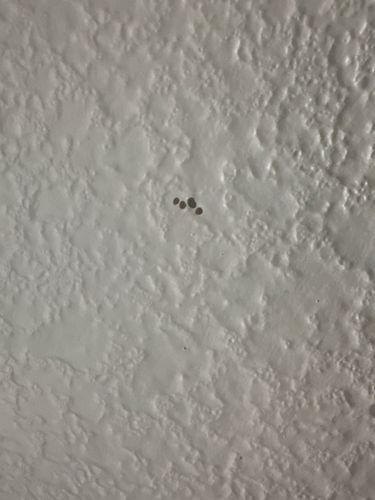Spider Mite Eggs
Scientific Name: Tetranychus urticae (Two-spotted spider mite is a common species, but many species exist in the family Tetranychidae)
Order & Family: Acari, Tetranychidae
Size: Spider mite eggs are very small, typically less than 0.1 mm in diameter, appearing as tiny, spherical, often translucent or reddish-brown dots.

Natural Habitat
These eggs are found on the underside of plant leaves, particularly on a wide variety of indoor and outdoor plants, including ornamental plants, fruit trees, and vegetables. They thrive in warm, dry, and dusty conditions.
Diet & Feeding
Spider mite eggs do not feed. The nymphs and adults feed on plant cells by piercing the plant tissue with their stylets and sucking out the cell contents, leading to stippling (tiny dots) on leaves.
Behavior Patterns
Spider mites are known for spinning fine silk webs, especially when populations are high. They are often found on the undersides of leaves. They reproduce rapidly, leading to quick population explosions under favorable conditions (warm and dry).
Risks & Benefits
Spider mites are significant agricultural and horticultural pests. Heavy infestations can cause severe damage to plants, including yellowing, bronzing, leaf drop, and even plant death, leading to economic losses for growers. They do not pose direct health risks to humans.
Identified on: 8/29/2025